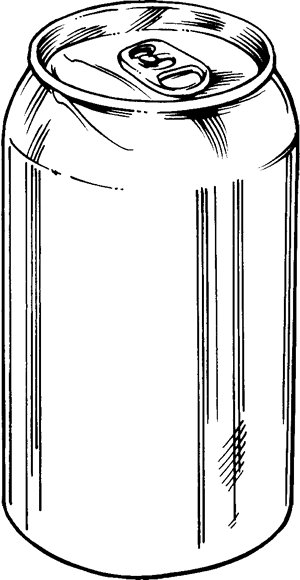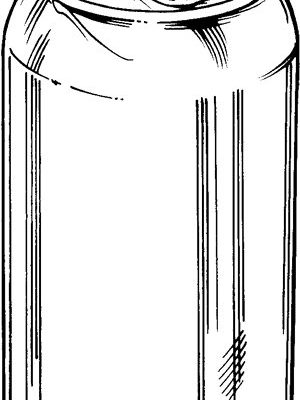
First things first, let’s demystify what the OE error code signifies. This particular code is your washing machine’s way of telling you there might be a drainage problem. It’s like the washing machine is trying to say, “Hey, I can’t seem to get rid of this water!” Now, you might be tempted to just ignore it, cross your fingers, and hope for the best. But here’s the deal: ignoring error codes could lead to bigger issues down the line. Let’s dive into what causes this error, whether you should ignore it, and how to potentially fix it.
Understanding the OE Error Code
The OE error code on your GE washing machine is primarily related to drainage issues. Imagine trying to empty a bathtub but realizing that the drain is clogged. This is essentially what your washing machine is experiencing when displaying this error. An obstruction in the drainage system prevents the machine from emptying the water properly during the wash cycle.
Several factors could lead to this drainage issue. Common causes include a clogged or kinked drain hose, a defective pump, or a blockage within the drain pump filter. The build-up of lint, debris, or even small clothing items can obstruct the flow of water. Over time, this can lead to increased pressure on internal parts, potentially causing more significant damage within your washing machine.
Now, you might be wondering about the implications of ignoring this warning. If left unaddressed, these drain issues can cause your washing machine to stall mid-cycle. Not only would this leave you with soggy, unfinished laundry, but also standing water in the machine could promote unpleasant odors or even water leaks. It’s a bit like ignoring a leaky faucet—the problem doesn’t just go away; it often gets worse.
Should You Ignore It?
So, can you ignore the OE error code? In short, it’s not advisable. Think of this as your washing machine’s way of crying out for help. Continuing to run the machine without addressing this problem is like driving a car with the check engine light on. Sure, you might get by for a while, but eventually, it could lead to a breakdown.
Ignoring the issue could also void your warranty or lead to more costly repairs in the future. For instance, if the drain pump is overworked due to a clog, it’s at risk of burning out. Replacing a pump can be expensive and is certainly something you’d want to avoid if a simple unclogging could fix the problem.
Therefore, the best course of action is to address the OE error as soon as possible. Investigating the issue can provide insight into whether it’s a simple fix or if professional assistance is needed. In either case, prompt attention can save you a lot of hassle and expense further down the road.
Steps to Fix the OE Error Code
Let’s explore some straightforward steps you can take to resolve the OE error. First, ensure the drain hose isn’t kinked, bent, or blocked. It’s similar to untangling a garden hose to ensure the water can flow freely. If this doesn’t resolve the issue, check the drain pump filter. This component acts like a lint trap, catching debris that could obstruct the water flow.
To access the drain pump filter, you may need to consult your washing machine’s manual to locate and safely remove it. Once accessed, clean out any lint or foreign objects. Sometimes, you might find small clothing items, like socks, lodged in there without realizing it. Reassemble everything carefully to avoid any leaks.
If neither of these steps seems to fix the problem, it might be time to call a professional. Sometimes, the internal components like the drain pump itself may need repairs or replacement. While this might seem daunting, professional technicians have the expertise to diagnose and resolve more complex issues efficiently.
Prevention and Maintenance Tips
Now, let’s talk about keeping your washing machine in tip-top shape to avoid seeing that pesky OE error in the future. Regular maintenance can make all the difference. Consider it akin to regular oil changes for a car—routine care helps prevent unexpected breakdowns.
Start by getting into the habit of checking pockets and removing items like tissues, coins, or small toys before loading the laundry. These items can easily become lodged in the wash, leading to clogs. Additionally, consider running a maintenance wash every month or so. This involves running an empty cycle with a specialized washing machine cleaner to remove any build-up of detergent or fabric softener.
Also, inspect the drain hose regularly. Ensure it’s positioned correctly, without any bends or blockages, to allow for adequate water flow. By adopting these preventive measures, you can reduce the likelihood of drainage problems and extend the life of your washing machine.
In conclusion, while the OE error code might seem an unwelcome nuisance, it’s an important signal to keep your machine running smoothly. By addressing the issue promptly and maintaining your washing machine, you can ensure it continues to serve you well for years to come. Remember, a little care goes a long way!
